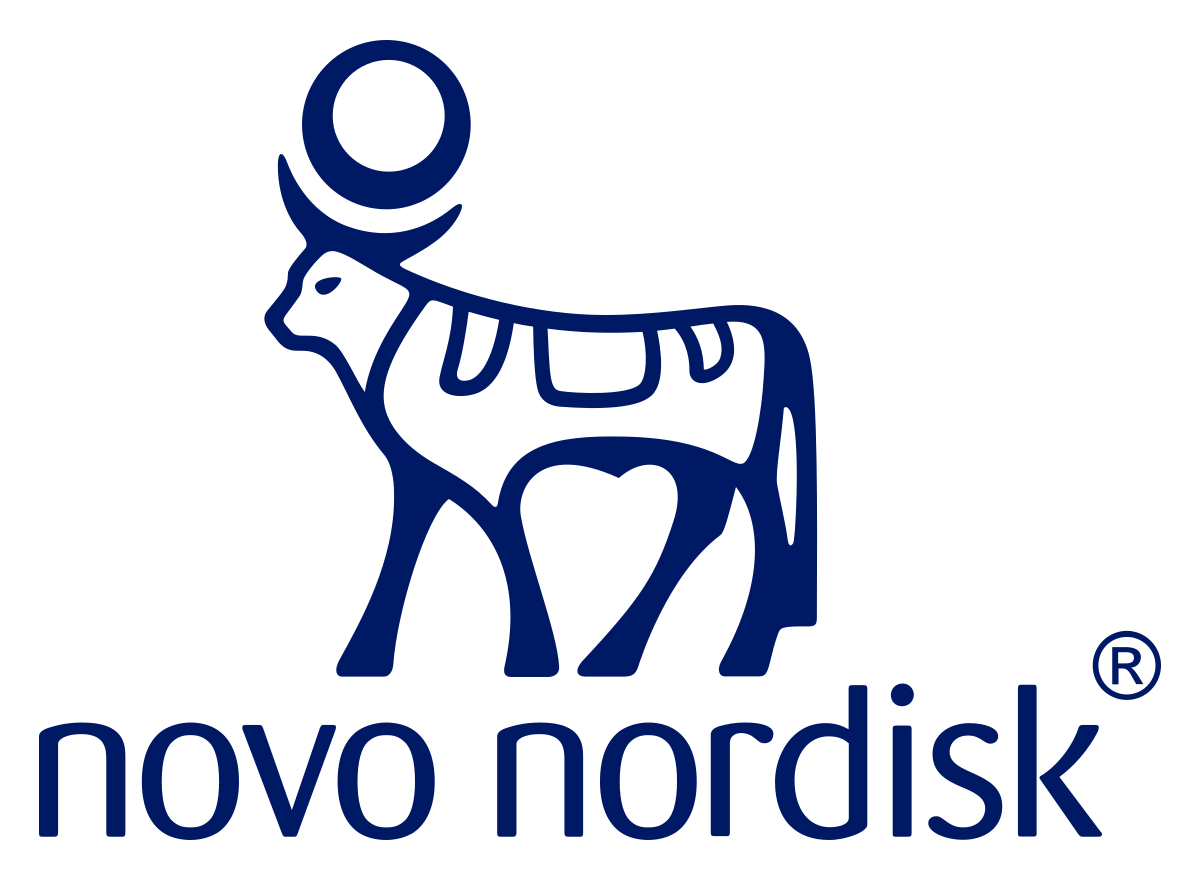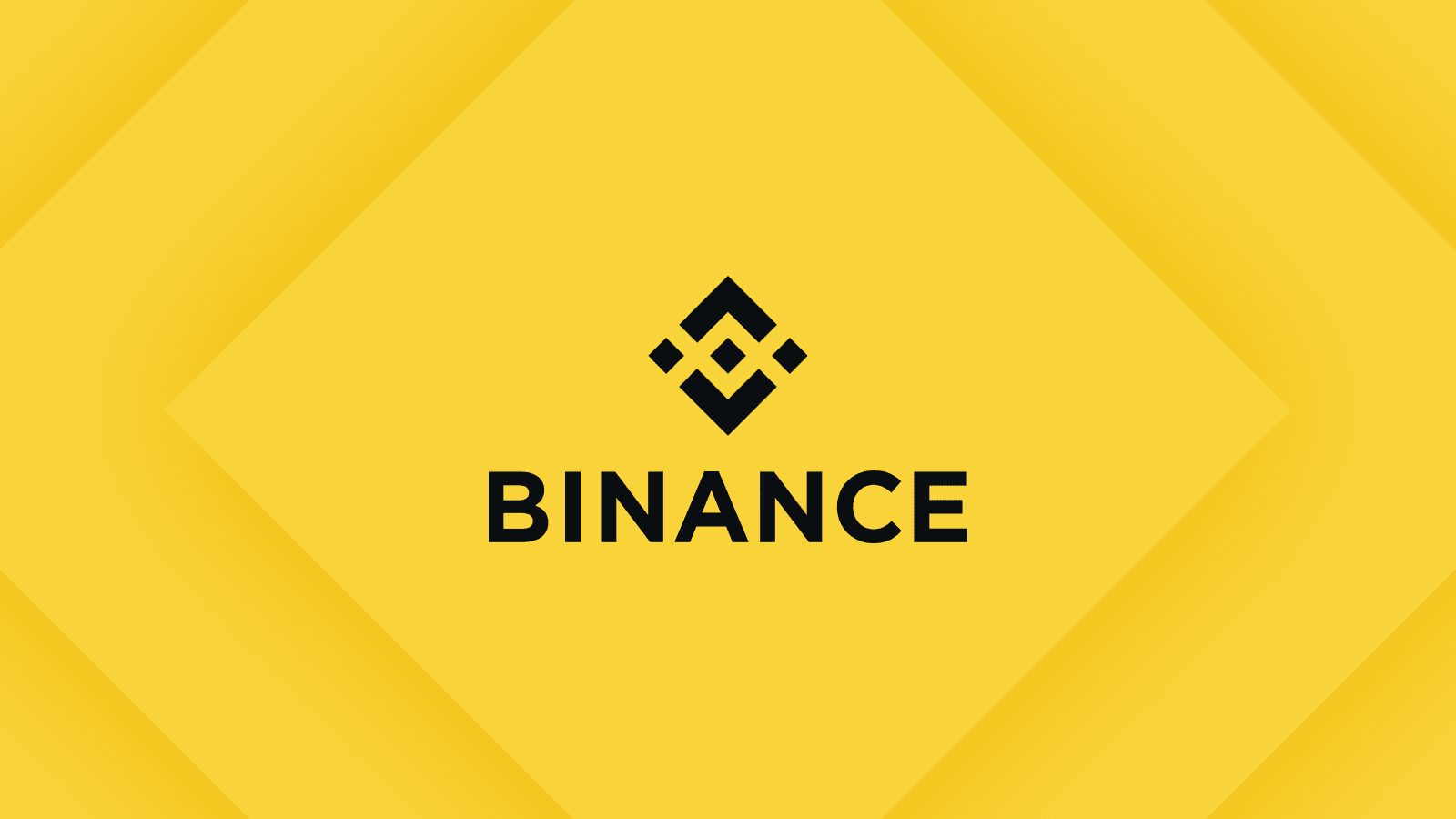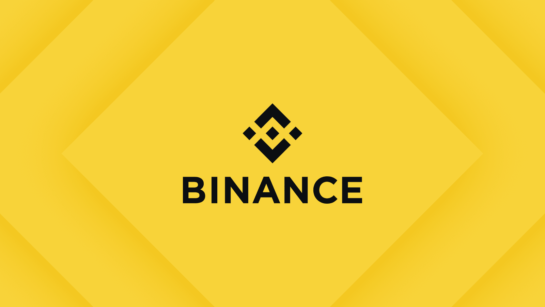Major Companies
Heat Maps of Company
INDICES , FUTURE AND FOREX

Novo Nordisk A/S, a Danish multinational pharmaceutical company, stands as one of the world’s leading firms in diabetes care and hormone therapy. With a rich history spanning nearly a century, Novo Nordisk has been at the forefront of innovation in medical science. This article explores the origins, foundational days, and the evolution of this global healthcare giant.
Novo Nordisk’s history dates back to the early 20th century and is rooted in the efforts to combat diabetes, a condition that had limited treatment options at the time.
In 1922, a crucial development in diabetes treatment occurred when Canadian scientists Frederick Banting and Charles Best discovered insulin. This breakthrough soon reached Europe, sparking interest among scientists and doctors.
Nordisk Insulinlaboratorium was founded in 1923 by August Krogh, a Nobel laureate in physiology, and his wife Marie Krogh, a medical doctor who was diagnosed with type 2 diabetes. They were inspired by the discovery of insulin and aimed to produce it in Denmark to make it accessible to patients in Europe. With the help of H.C. Hagedorn, a prominent Danish doctor and biochemist, they established the Nordisk Insulin Foundation, which would later become Nordisk Insulinlaboratorium.
A few years later, in 1925, two former employees of Nordisk, Harald Pedersen and Thorvald Pedersen, founded Novo Terapeutisk Laboratorium. The Pedersen brothers developed their own methods for producing insulin and quickly became direct competitors to Nordisk.
Both companies focused on insulin production but differed in their approaches to research, development, and marketing. Despite being competitors, they shared a common goal: to improve the quality of life for people with diabetes.
In 1989, after more than six decades of competition, Nordisk and Novo decided to merge, forming Novo Nordisk A/S. The merger combined their resources, research, and expertise, creating a stronger entity capable of leading innovation in diabetes care and beyond.
The merger marked the beginning of a new era for the company, characterized by rapid growth, international expansion, and diversification of its product portfolio.
The leadership at Novo Nordisk has played a crucial role in its success. The company has been guided by a vision to defeat diabetes and other serious chronic conditions, which is reflected in its long-term strategies and commitment to research.
Today, Novo Nordisk is a global leader in diabetes care, holding a significant share of the insulin market. The company also excels in areas like obesity treatment, hemophilia, and growth hormone therapy.
Novo Nordisk invests heavily in R&D, focusing on innovative treatments for chronic diseases. The company is exploring new therapeutic areas and technologies, such as stem cell research and gene therapy, to address unmet medical needs.
Novo Nordisk is committed to sustainability and has set ambitious targets to reduce its environmental impact. The company is also involved in various initiatives to improve global health, particularly in underserved communities.
With a strong pipeline of new products and a focus on cutting-edge research, Novo Nordisk is well-positioned to maintain its leadership in the pharmaceutical industry. The company aims to continue its legacy of innovation and expand its impact on global health.
Novo Nordisk’s journey from two small Danish laboratories to a global healthcare leader is a testament to its enduring commitment to improving lives through medical innovation. The company’s history is marked by significant achievements in diabetes care and hormone therapy, driven by a relentless pursuit of excellence and a vision to create a healthier world. As Novo Nordisk continues to evolve, its dedication to research, sustainability, and patient care remains at the heart of its mission.
REFERANCE: CHATGPT

Binance, one of the largest and most influential cryptocurrency exchanges in the world, has played a significant role in shaping the landscape of digital finance. Founded in 2017, it quickly rose to prominence due to its extensive range of services, user-friendly interface, and commitment to innovation. This article delves into the history, founding, and current status of Binance, including its supply details and major stakeholders.
Binance was founded by Changpeng Zhao, commonly known as CZ, and Yi He. Zhao, a seasoned developer and entrepreneur, had previously worked at Bloomberg Tradebook and served as the CTO of OKCoin, another cryptocurrency exchange. Yi He, also a co-founder of OKCoin, brought extensive marketing experience to the venture.
Binance officially launched in July 2017, following an Initial Coin Offering (ICO) that raised $15 million. The ICO distributed Binance Coin (BNB), an ERC-20 token on the Ethereum blockchain, which later migrated to Binance’s own blockchain, Binance Chain.
The exchange differentiated itself by offering lower transaction fees, a wide variety of cryptocurrencies, and a robust trading engine capable of handling high volumes. Within six months, Binance became the largest cryptocurrency exchange by trading volume.
Binance offers a comprehensive suite of products and services:
Binance Coin (BNB) is central to Binance’s ecosystem. Originally capped at 200 million BNB, the supply has been gradually reduced through quarterly coin burns, where a portion of BNB is permanently destroyed to decrease supply and potentially increase value. As of May 2024, the total supply of BNB stands at approximately 157 million, with the circulating supply being around 153 million.
Binance remains a privately held company, with significant shares owned by its founders:
While exact figures regarding ownership stakes are not publicly disclosed, CZ and Yi He are recognized as the primary stakeholders.
Binance’s global expansion has not been without challenges. Various regulatory bodies, including those in the United States, the United Kingdom, Japan, and other countries, have scrutinized Binance for compliance with local financial laws. In response, Binance has been proactive in enhancing its compliance framework, including implementing stricter Know Your Customer (KYC) and Anti-Money Laundering (AML) procedures, and acquiring regulatory licenses in multiple jurisdictions.
Binance’s journey from a startup to a global cryptocurrency powerhouse has been marked by rapid growth, innovation, and adaptability. With a broad range of services and a strong community of users, Binance continues to play a critical role in the evolving world of cryptocurrency and blockchain technology. As the regulatory landscape becomes more defined, Binance’s ability to navigate these challenges will be crucial in maintaining its leadership position in the industry.
REFERANCE: CHATGPT
